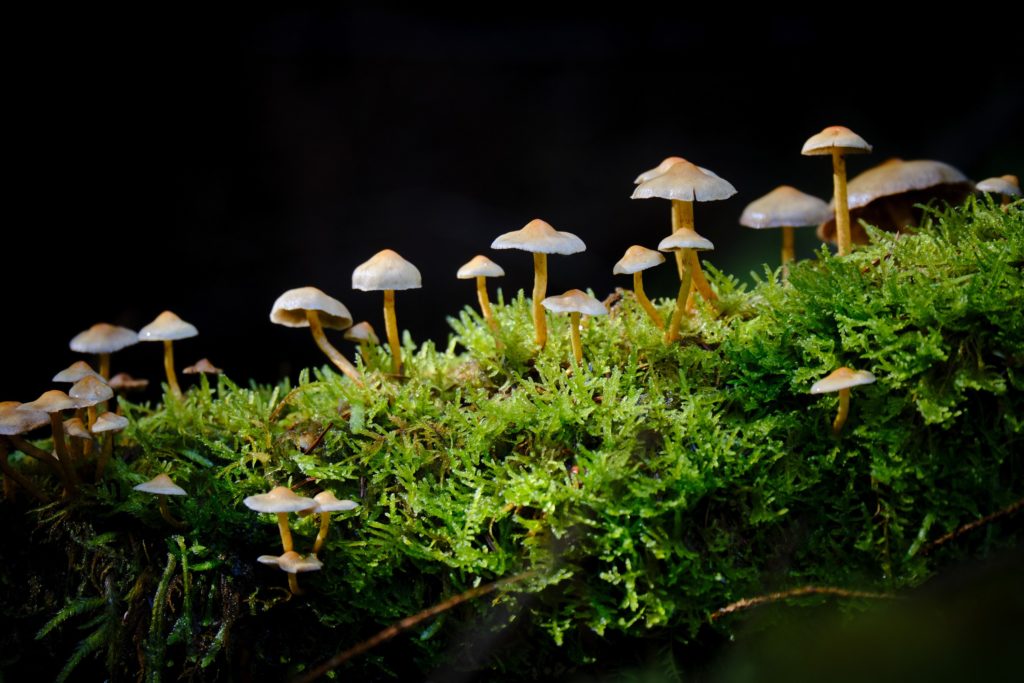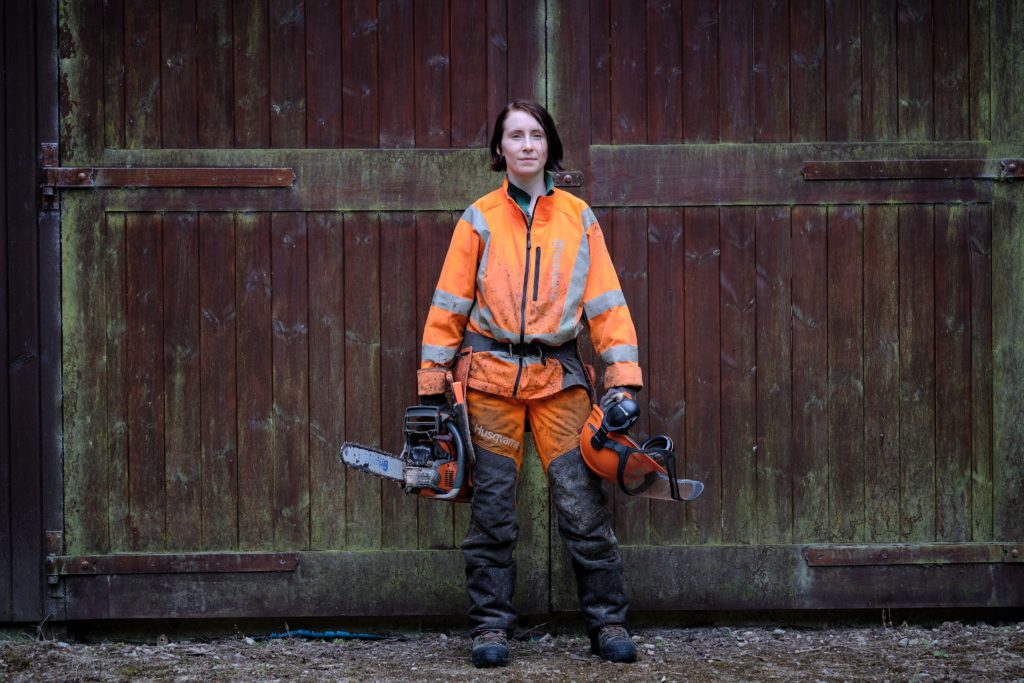
A YEAR in the life of Dalby Forest and surrounding North Yorkshire woodland is captured in Tony Bartholomew’s online photographic exhibition on the Forestry England website.
His photographs portray activities in the forest, near Pickering, ranging from bird ringing and harvesting to rallying, alongside portraits of forest workers and scenic views.
Long-snapping Scarborough editorial photographer Bartholomew took all his images for Forest 100: A Year In The Life within the boundaries of forests managed by Forestry England in God’s Own Country. They can be seen at: forestryengland.uk/forest-100-year-the-life.
“I approached Forestry England with the idea in early 2019 once I realised that it was their centenary year,” says Tony, whose news-driven photographic patch has taken in Yorkshire and the North East since the early 1980s.
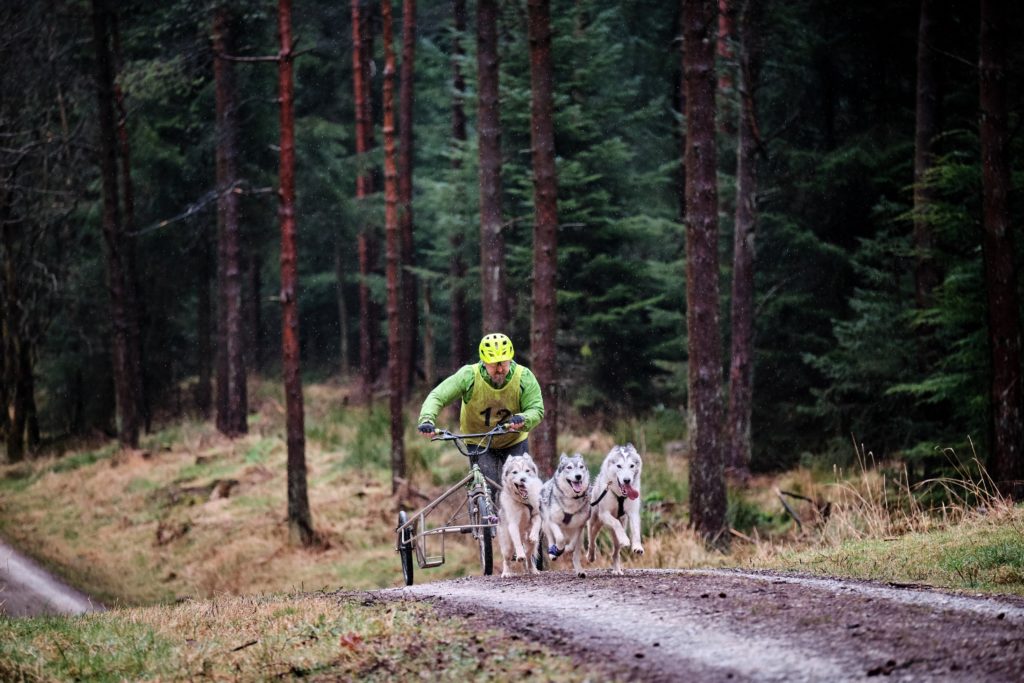
“The Forestry Commission was founded in 1919 to replenish the nation’s supply of timber after World War One. The Forestry Act was passed that same year, turning the riggs [higher ground] and dales that form the landscape of Dalby into today’s forest cared for by Forestry England.”
For one year, from spring 2019 to spring 2020, Batholomew recorded the flora and fauna of the forests, the people who work and play in them, and those who shaped their past and now protect their future.
Images from Forest 100: A Year In The Life were shown first in an outdoor display around Staindale Lake, near the visitors’ centre in Dalby Forest, and now comes the online exhibition.
Delighted by Bartholomew’s photographic documentary of Forestry England’s 100th anniversary landmark, funding and development manager Petra Young, says: “The centenary gives us time to reflect on our achievements and on the breadth of activities taking place in our nation’s forests. Tony’s work shows the range of special aspects the forest has to offer.”
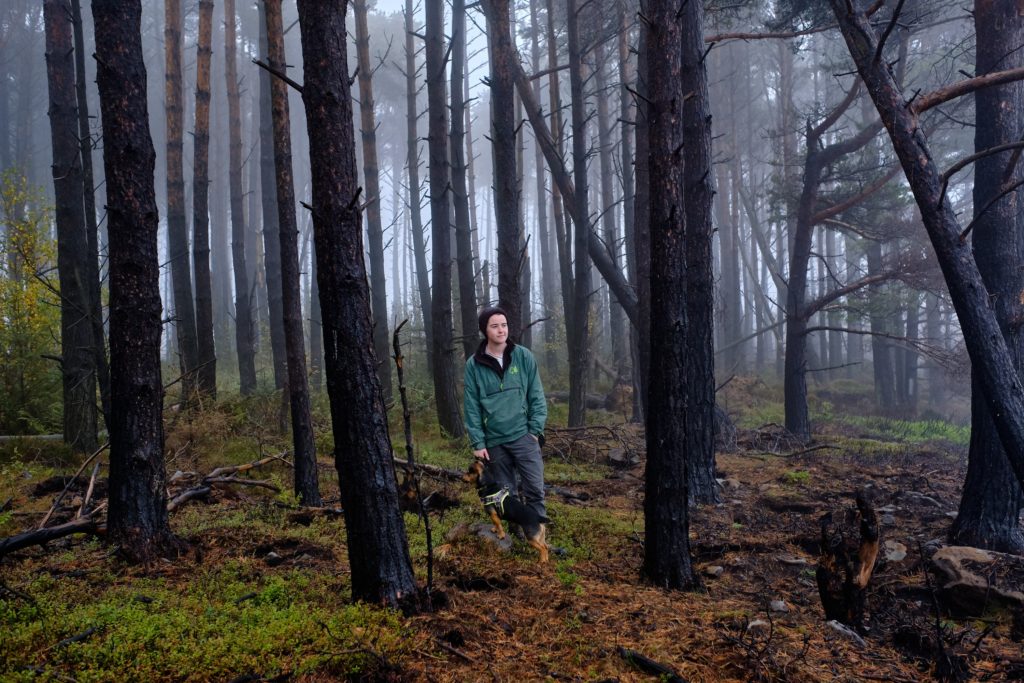
Here Tony Bartholomew leafs through Charles Hutchinson’s forest of questions.
What were your initial thoughts on what you wanted to portray in a year of forest photographs,Tony?
“My first thoughts and proposals were to try and show the breadth of activity that goes on in the day-to-day running of a forest.
“It’s a huge operation on both a commercial scale with timber operations and also on an ecological, recreational and cultural level. The project was to be basic reportage and Forestry England let me lead on what we should look at photographing.”
Forests are so much more than their trees, for all their beauty and mystery and history, but representing human activity in woodland must have been vital to your project?
“In any project or commission I undertake, it’s the people that really interest me: some of the stronger images in the project were of the people working and playing in the forests.”

What did you learn about woods that you may not have appreciated before doing Forest 100?
“The cycle of planting, growing and harvesting trees in the forests was amazing to see, from tiny seeds being sorted in the nurseries, to planting out saplings and then the final process of felling.”
What are your earliest memories of woods playing a part in your life?
“When I was around the age of four, we were living in a small town in Dumfries and Galloway called Dalbeattie. The end of the road we lived in bordered a large forest and I had wandered off into the woods on a mini-expedition of discovery. Luckily I didn’t get too far in before my somewhat worried mother discovered me standing on a large stone.
“The forest is managed by what is now Forestry and Land Scotland and is home to some amazing mountain bike trails known as the 7 Stanes. Even though I grew up after that in inner-city Liverpool, I always had an affinity with green spaces and woodland.”
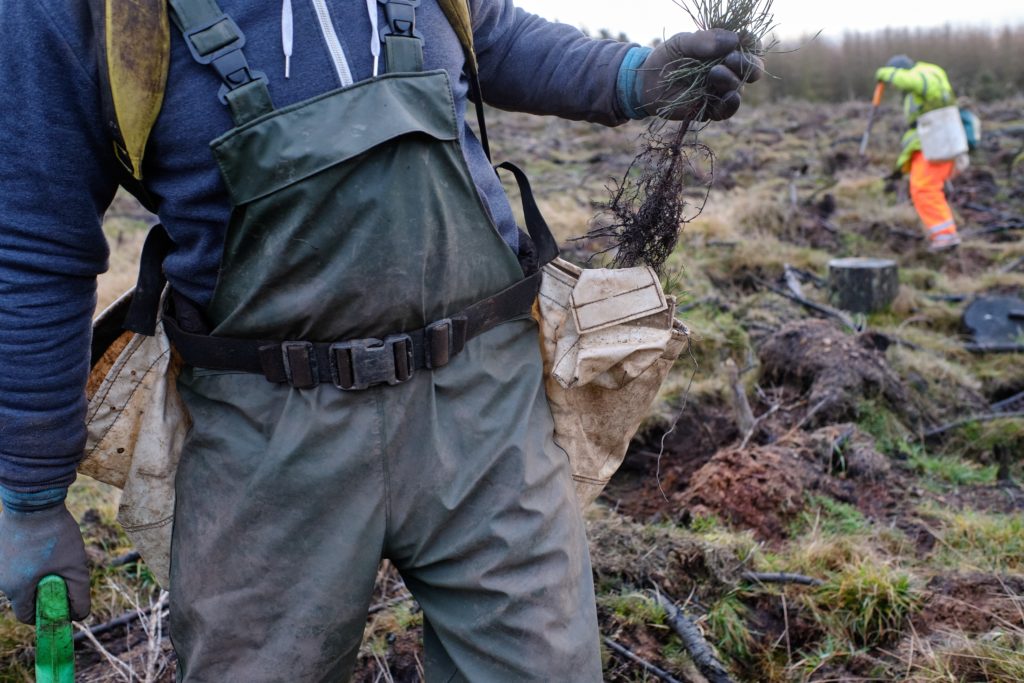
What is your idea of a perfect day out in woodland?
“A crisp early-morning autumn start, a couple of cameras and probably a dog for company. Just setting out on a trail not knowing what you might photograph or come across.”
Do you think we appreciate woodland sufficiently and, in our age of climate change, will our response become even more important?
“I do think we are becoming increasingly aware of the role green spaces and especially woodland and forests can play. The need to plant more trees to offset our carbon footprint is obvious and we need to plant more than we currently are.
“Other benefits include providing a habitat and increasing bio-diversity. One thing which I think has come to the fore recently [in the Coronavirus lockdown] is people feeling the need to escape and find a place of relaxation and inner peace. Just find a quiet patch of woodland and sit beneath a tree for five minutes.
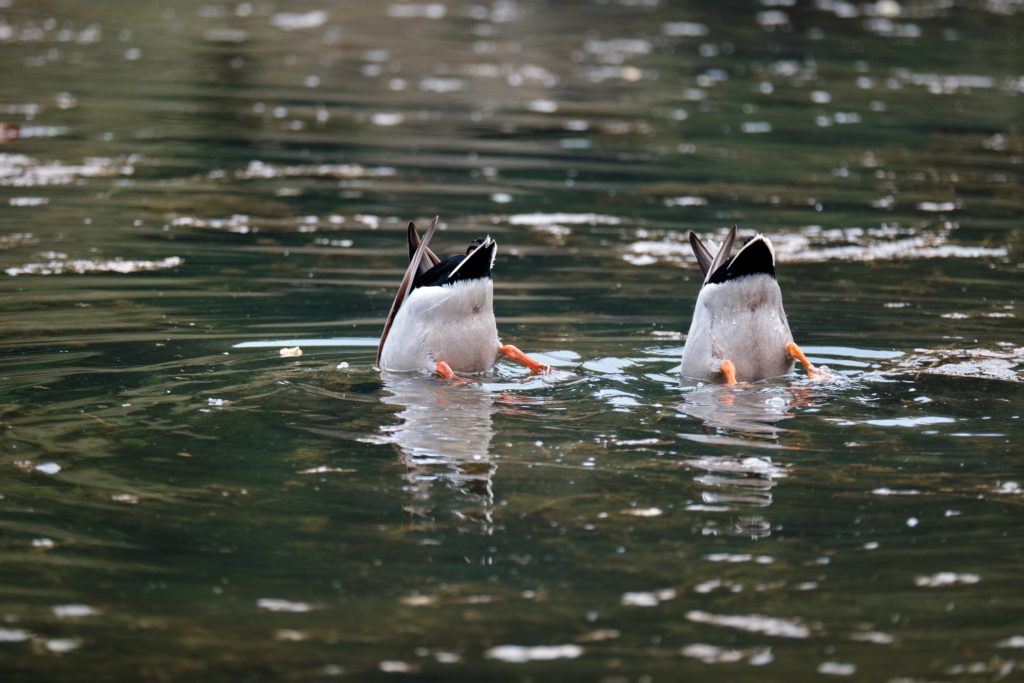
“If you go down in the woods today, you’re sure of a big surprise,” as the song The Teddy Bears’ Picnic goes. Did anything surprise you in your year of woodland photography?
“I was out in Wykeham Forest on a very wet summer Sunday afternoon and was walking down a very narrow deeply wooded trail.
“I came around a bend and saw straight ahead an adult roe deer. We stopped and observed each other for a few seconds, but as soon as I reached for a camera she was away into the woods.”
Did the differing seasons have an influence on your photography?
“The different seasons do have an influence and effect on your work, especially if you return to a similar spot or viewpoint and observe it at different times of year.
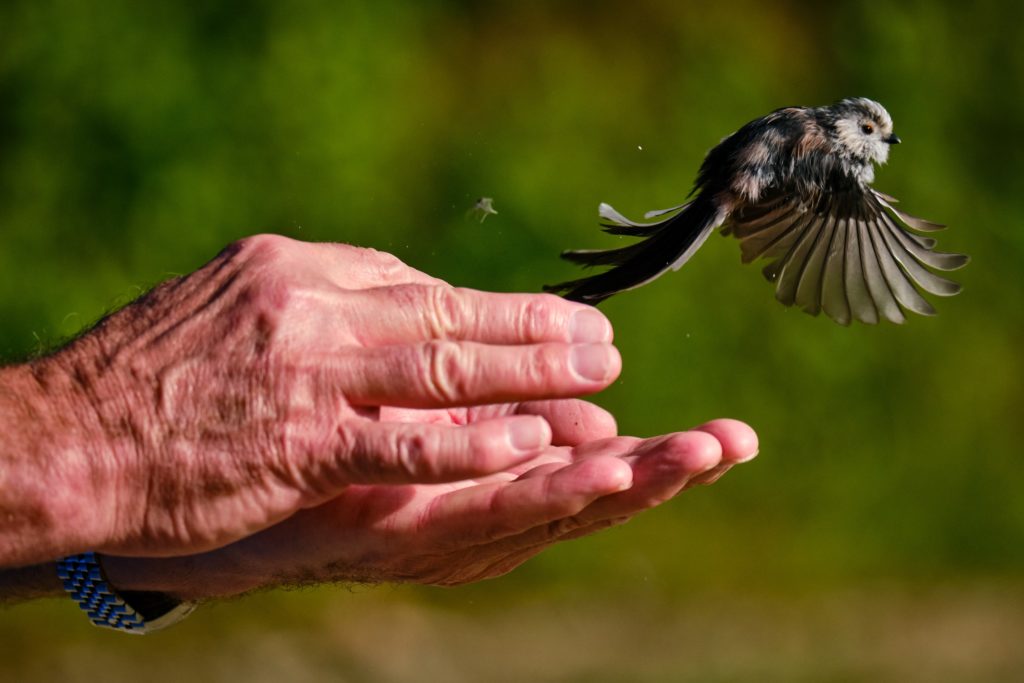
“Most people imagine that as photographers we are always craving blue skies and bright sunshine but many of the best pictures are taken in adverse or unusual weather conditions. Early spring and autumn can give spectacular light.”
What are the specific challenges of photographing in woodland?
“That’s an interesting question and one I haven’t considered. On thinking about it, part of the problem of photographing in the woods is the trees: that old saying “you can’t see the wood for the trees” can ring true at times.
“Making things stand out in what can be a uniform landscape is the answer.”
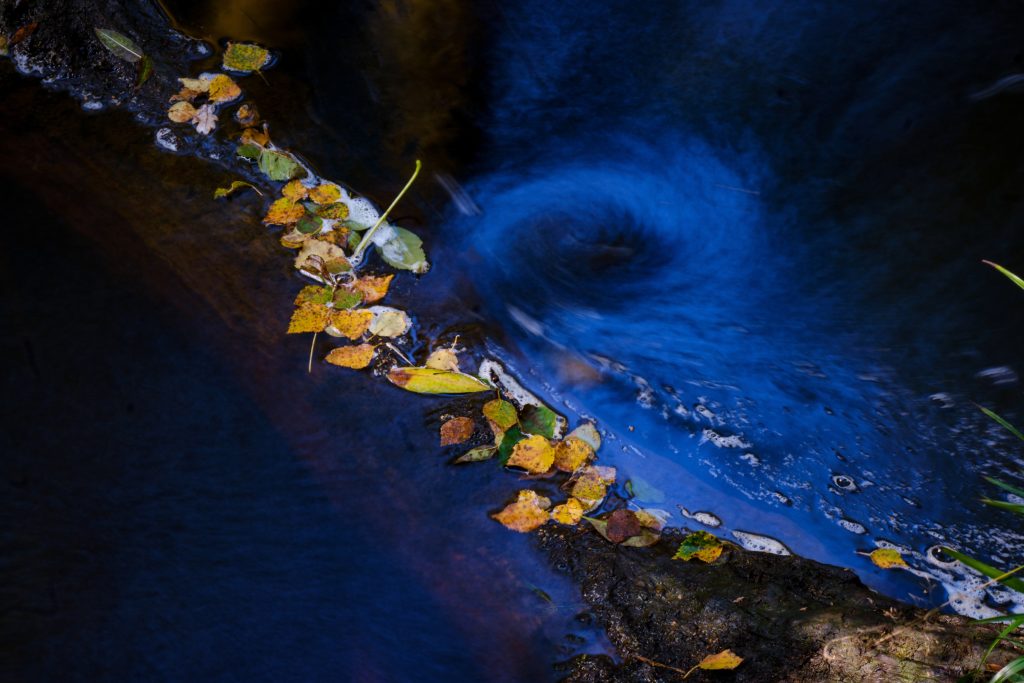
Should we ever be able to visit galleries again in these Covid-19 lockdown times, where might your photographs be exhibited?
“Let’s be positive and say when we are back visiting galleries again! In this case, it’s not an issue as the exhibition of work was split into three different parts.
“The first two were physically exhibited outdoors in Dalby Forest around a beautiful, flat, accessible trail at Staindale Lake. Dalby is now open again with limited facilities, so check the website, but the second set of pictures are still up around the lake, and we’re talking about what might happen from there.”
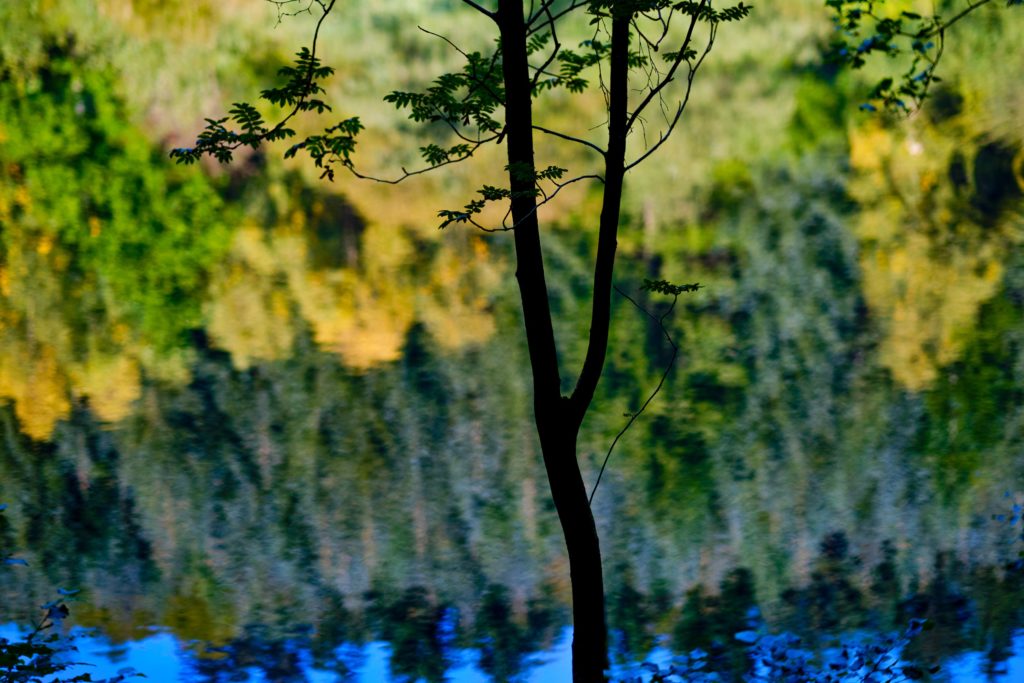
Did you know?
Forestry England, an agency of the Forestry Commission manages and cares for the nation’s 1,500 woods and forests, drawing more than 230 million visits per year.
As England’s largest land manager, it shapes landscapes and enhances forests, enabling wildlife to flourish and businesses to grow, as well as providing enjoyment for people. For more information, visit forestryengland.uk.
